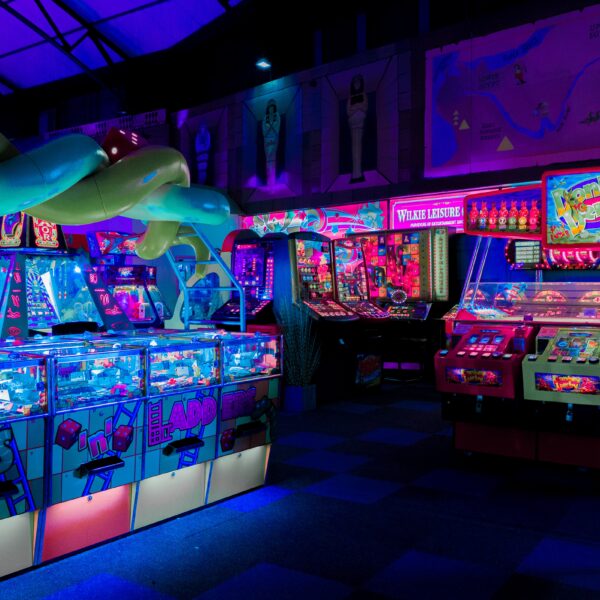Board games are not just a source of entertainment; they can also serve as valuable tools for education. In particular, board games that tackle the issue of climate change are gaining popularity. These games emphasize teamwork and group success, reflecting the collective effort required to address the global threat of climate change. They offer a unique way for students to learn about the scientific aspects and real-world consequences of global warming. By turning a serious topic into a game, these board games create opportunities for active and joyful participation while sparking meaningful discussions about values, perspectives, and decision-making. In this article, we will explore the effectiveness of five climate change board games in educating students about the urgent need to combat climate change. Whether it’s proposing climate solutions, negotiating international agreements, or developing sustainable cities, these board games offer engaging and informative experiences that can enhance climate education in schools and universities.

Climate Change Board Games
Solutions
In the world of board games, a small but growing number of games focus on climate change. These games aim to educate players about the perils of global warming and teach them about the science behind it. One such game is “Solutions,” which tasks players with proposing climate solutions to keep the Earth cool. The game draws upon scientific solutions researched by Project Drawdown, a nonprofit that pushes for solutions to climate change. Players must draw two cards that describe ways to reduce global emissions and discuss and rank which option is better for the climate. Correct decisions help reduce global temperatures, while incorrect guesses damage the planet. The game is easy to learn and based on accurate scientific information, making it a valuable learning tool for upper-level high school students and university students.
Kyoto
Another climate change board game that ranks highly is “Kyoto.” This game simulates a high-stakes climate negotiation summit, where players represent different countries. Each player has secret national interests determined by the cards they draw. To win the game, players must bargain, pay fees, bribe, and persuade each other to reach climate goals. Initially, the educational value of the game may seem questionable, as players who represent the U.S. can only win the game if they increase global carbon emissions. However, through discussion, players realize that the game provides insight into possible barriers to achieving emissions goals and the challenges nations face in balancing emission reductions with their own economic self-interests. While the game takes more time to learn than “Solutions,” it can still be a useful tool for students.
Carbon City Zero
Unfortunately, the free downloadable and printable version of “Carbon City Zero” proved to be too time-consuming to learn, so the evaluation of this game was inconclusive.
Somewhere Everywhere Water Rising
The game “Somewhere Everywhere Water Rising,” developed by Family Pastimes, focuses on consultants hired to develop land areas and protect them from rising waters. Players must make collective decisions about land projects in the face of sea-level rise. While the game sparks discussion, it specifically focuses on sea-level rise rather than the systemic climate change that causes it. As a result, it may have a lower educational value compared to other games. It could be more suitable as an extra credit activity rather than the focus of a classroom lesson.
Nunami
“Nunami” is a game created by an Inuit family from Ivujivik, Canada, with instructions in Inuktitut, English, and French. The game aims to teach players about balancing life in fragile terrain. While the game sensitizes players to Inuit life on the tundra and the threats posed by climate catastrophe, it does not teach about the drivers of climate change. As a result, it may not be suitable for specific classroom needs.
Evaluation and Discussion
After evaluating these climate change board games, the group of climate activists and educators concluded that “Solutions” is the clear winner. The game encourages collaboration and decision-making based on fact-based science. Players must work together to make decisions to combat climate change. The setup of the game allows for interesting team-building conversations. Incorporating games like “Solutions” into courses on climate change literature and first-year writing can enhance students’ understanding of the topic.

The Value of Climate Change Board Games
Climate change board games offer a unique and engaging way to educate students about the perils of global warming. Unlike traditional board games like Monopoly or Catan, which focus on individual competition, climate change board games emphasize teamwork and group success. This approach aligns with the collective nature of climate change, where everyone must work together to mitigate its effects. By playing these games, students can gain a deeper understanding of the challenges and decisions associated with climate change.
Educational Suitability
Climate change board games are particularly suitable for high school and university students. These games provide an interactive and hands-on learning experience that complements traditional classroom materials. The games encourage critical thinking, decision-making, and collaboration, skills that are essential for addressing climate change. Additionally, the games present scientific information in an accessible and engaging way, making complex concepts more understandable for students.

Conclusion
Climate change board games offer an innovative and effective way to educate students about the science and realities of global warming. These games emphasize teamwork, decision-making, and critical thinking, allowing students to actively engage with the topic of climate change. “Solutions” stands out as an excellent game for teaching about climate change, as it utilizes accurate scientific information and promotes collaboration. By incorporating climate change board games into educational settings, students can develop a deeper understanding of the challenges and solutions associated with this pressing issue.








